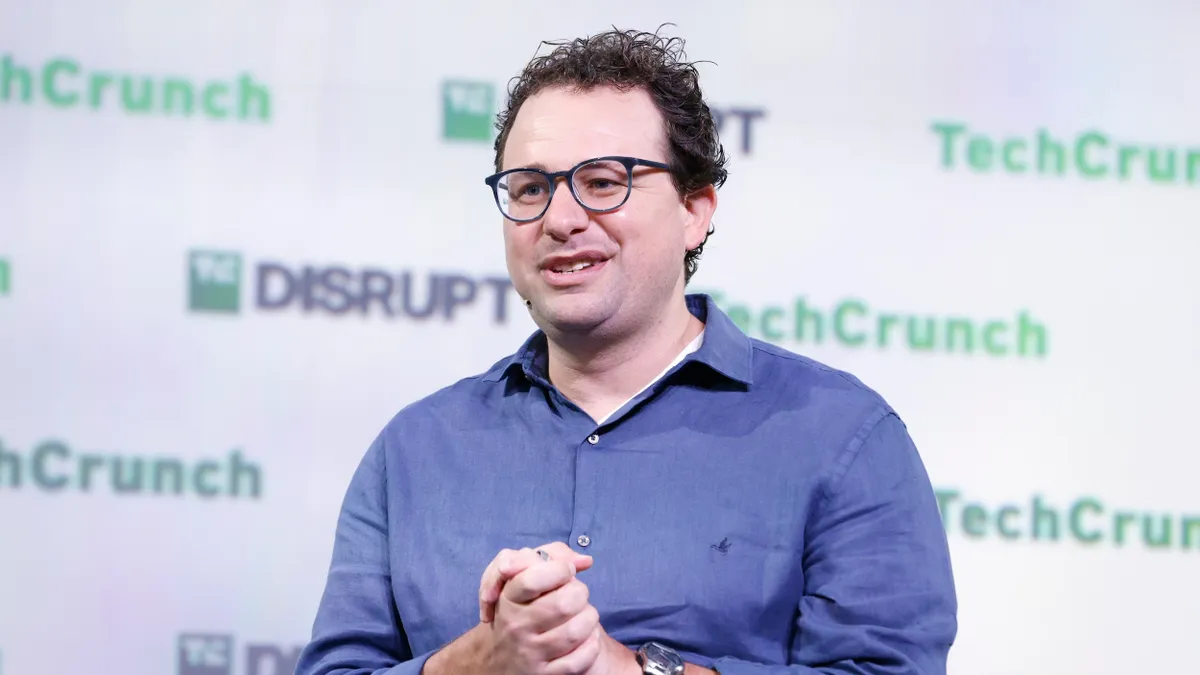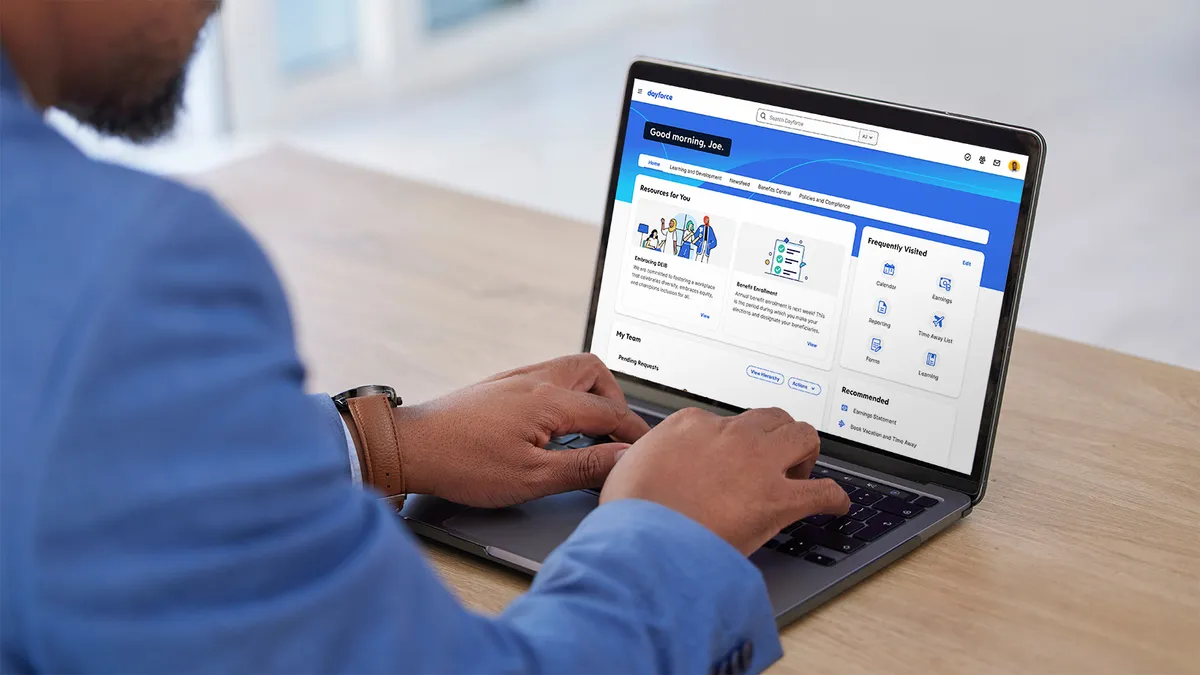This feature is part of a series focused exclusively on people analytics. To view other posts in the series, check out the spotlight page.
There are various approaches to managing people data. Multinational professional services firm EY, also known as Ernst & Young, takes a big picture view, while focusing on specific areas.
At EY, the objective of the global people data, reporting and analytics team is to improve the control, quality and efficiency of people data, reporting and analytics to allow better decision-making for leaders across the company’s global talent function, and across the broader organization.
Identifying a need
Blair Hopkins, director of global people data, reporting and analytics at EY, says the actual process involves looking at specific areas and how analytics can support talent leadership.
He gives the example of employee retention. What EY did is focus on making retention relevant by converting retention rate to a dollar value, Hopkins says. The analytics quantify the cost of improving retention, which gets business leaders' attention.
The EY team seeks to develop analytics that will provide this kind of impact on the different global markets it serves. "We identify the issue, and help solve the problem as well," says Hopkins.
Employee engagement has long been a key area of focus for EY. The company has been conducting an annual engagement survey for seven or eight years. Thanks to the analytics team, that survey has taken on new relevance. "We slice and dice that data over 5,000 ways," Hopkins says.
Currently, the team is actively looking at how to measure real-time engagement. "That's a very big focus for us now," says Hopkins.
Diversity and inclusiveness, from the standpoint of how the company is doing internally, along with recruitment, talent development, learning, and performance management are other areas where people analytics has an impact.
See Also: Creating a 'culture of data': How HR can use analytics in a meaningful way
Working with HR
The EY analytics team takes a collaborative approach, working with HR leaders in 155 countries to provide solutions to real-life, frontline challenges. "We work with them to develop reporting tools, and help define what processes they might want to put in place," Hopkins says, indicating that the analytics function serves as an advisor to HR.
At the same time, there is attention to the overall goals of the business. "As an organization, we are focused to deliver the best value," says Hopkins.
Staying current with processes and technology helps the EY analytics team achieve results. "The tools we are now deploying are not simple metrics used in the past," Hopkins says. "We've been able to develop more sophisticated models."
But this doesn't mean the team rests on its laurels. "We're constantly looking to the future," Hopkins says. "The technology that's available is getting much more sophisticated, more sophisticated than businesses can keep up with."
Indeed, he points out that business has to be ready for an investment in technology.
Yet, while tools are essential, Hopkins is quick to clarify that the whole point of analytics isn't about having the latest and greatest tools. It's about bringing those tools to frontline HR and allowing HR to use the tools directly.
This isn't without challenges. These include how to take the HR profession into the analytics space, and equally how to get analytics into the front line, he says.
Some HR professionals are ready, Hopkins explains, and some are not. There are others who don’t know what questions to ask.
Timing is everything, Hopkins says, noting that it depends on how HR professionals were trained at universities and whether they have any experience working with data.
See Also: Top 5 trends impacting people analytics
Preparing for the future
Hopkins believes that the analytics team's role is to make the use of data and related tools as seamless as possible, to encourage HR adoption and to accommodate change.
"It's inevitable these tools are coming," he says. "A lot of changes are coming through."
EY created its global people data, reporting and analytics department three years ago. The department initially included four people; today, it has a team of nine professionals.
The next step will be to introduce more business analysts, professionals who are more business focused, to help achieve objectives around commercial outcomes. In the coming years, Hopkins expects the team will continue to grow.
As a global department, there is no shortage when it comes to projects. "Clearly we prioritize; but in some ways, we are a victim of our success," Hopkins says.
He acknowledges that EY is "not a Google, Facebook or Wal-Mart," when it comes to people analytics, noting that these companies are very data-centric. "We're probably in the middle," he says, indicating that the EY team is very good at what it does.
For organizations looking to launch a people analytics department or build on an existing foundation, Hopkins recommends viewing opportunities with a wide lens.
"The whole point of the 'big data' revolution is not limiting yourself," he says. "Bringing all data across the business makes it relevant."
How does Hopkins describe the profession of people analytics? "It's a bit of a holy grail," he says. What analytics does is not specifically HR, but it is helping HR deliver value to the business.






















